The smartphone industry has grown exponentially over the past decade, with top manufacturers consistently pushing the boundaries of innovation and technology. The competition for global smartphone shipments and market share is fierce from established brands to emerging Chinese companies. In this article, we will explore the largest smartphone manufacturers in the world, highlighting their sales and market share and defining features that keep them at the top of the industry.
10. Alcatel Networks
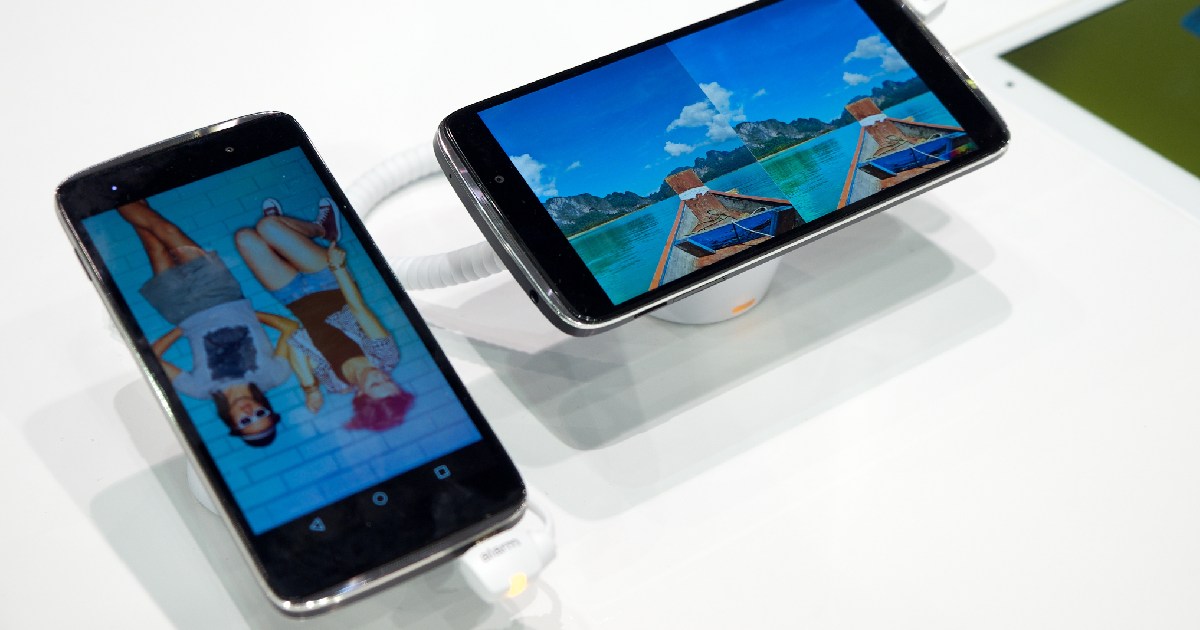
- Sales: 15 million units annually
- Market Share: 0.5%
- Key Features: Affordable pricing, strong presence in developing markets
French company Alcatel Networks, currently controlled by TCL, manufactures budget-friendly mobile phones. Through its affordable devices, Alcatel established itself among smaller brands in the global smartphone market. In emerging places like Middle Eastern nations, it attracts consumers needing basic functions at lower rates than other brands.
Despite holding a smaller market share, Alcatel remains capable of maintaining steady revenue. They place their primary emphasis on smartphones, which are affordable to newbies. Although smartphone competition has evolved, the brand’s economical phones remain in the marketplace.
9. LG

- Sales: 25 million units annually
- Market Share: 1%
- Key Features: Innovative displays, durable designs, focus on the North American market
The electronics company LG was a prominent smartphone brand in North America thanks to its inventive designs and superior panels. Its ultra-wide lenses and dual-screen smartphones made them popular. It captivated customers seeking unique devices.
Despite outstanding results, LG departed the smartphone market in 2021 after concurrence from larger companies. However, its legacy continues to impact the global smartphone landscape. Many of LG’s design and technology innovations are now seen in devices by other manufacturers, showcasing the brand’s influence even after its departure from the industry.
8. VIVO
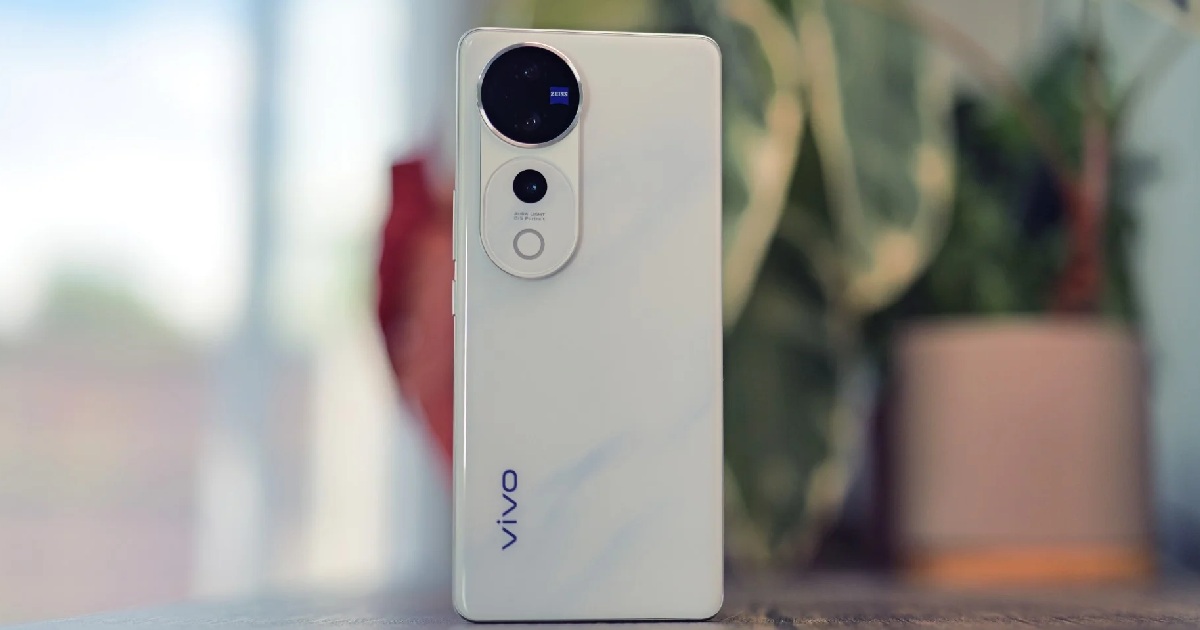
- Sales: 30 million units quarterly
- Market Share: 8%
- Key Features: Camera-focused smartphones, innovative designs, strong Asian market presence
Chinese company VIVO is gaining smartphone penetration by concentrating on camera design and technology. Its pop-up photographic equipment, mechanical stability, and sensors with excellent resolution are noteworthy. It has grown into a favorite among individuals who enjoy cinematography.
VIVO’s expansion into China, India, and Southeast Asia is exceptional. Vivo’s cost-effective to mid-range products cater to a broad demographic, sustaining constant smartphone deployments. Rapid electrical charging and camera features have contributed to the company being one of the world’s largest smartphone manufacturers.
7. ZTE
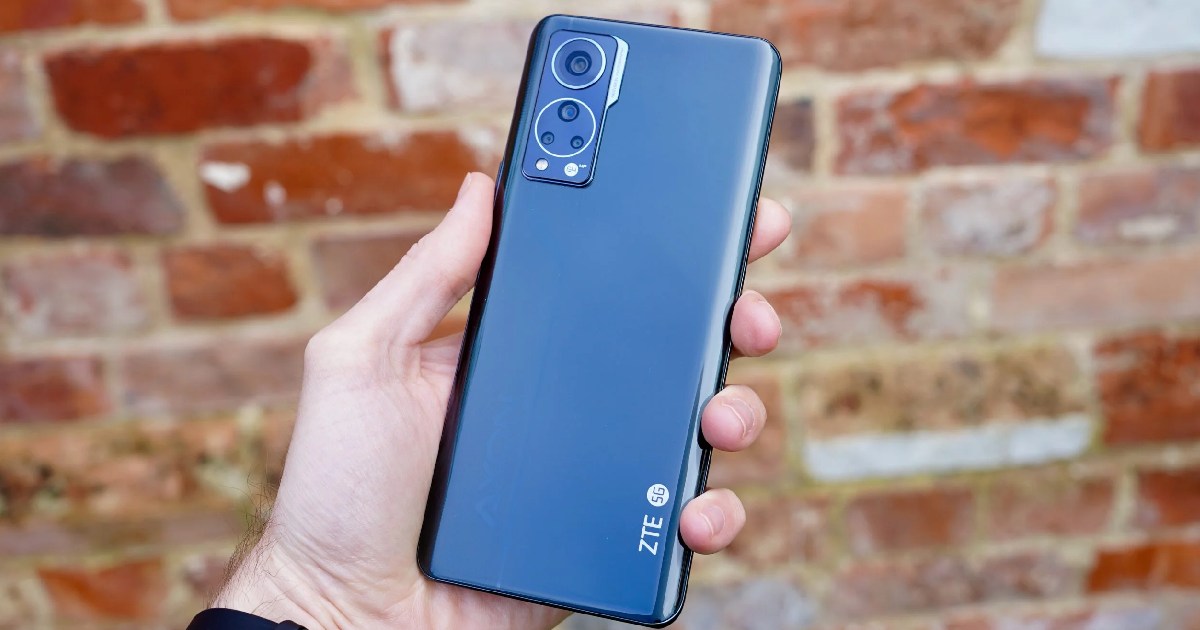
- Sales: 50 million units annually
- Market Share: 1.5%
- Key Features: 5G infrastructure, budget smartphones, focus on emerging markets
Another renowned Chinese manufacturer in the international smartphone market is ZTE. Renowned for its robust 5G connectivity, ZTE is committed to supplying clients, particularly in developing nations, with reasonable smartphones that are loaded with advantageous features.
Notwithstanding the U.S. trade restrictions, the brand thrived in other markets. ZTE has remained an essential smartphone player regardless of its lowered market share. Using its knowledge in telecoms and network design, innovations like 5G have helped the organization survive and attract tech-savvy clients.
6. OPPO
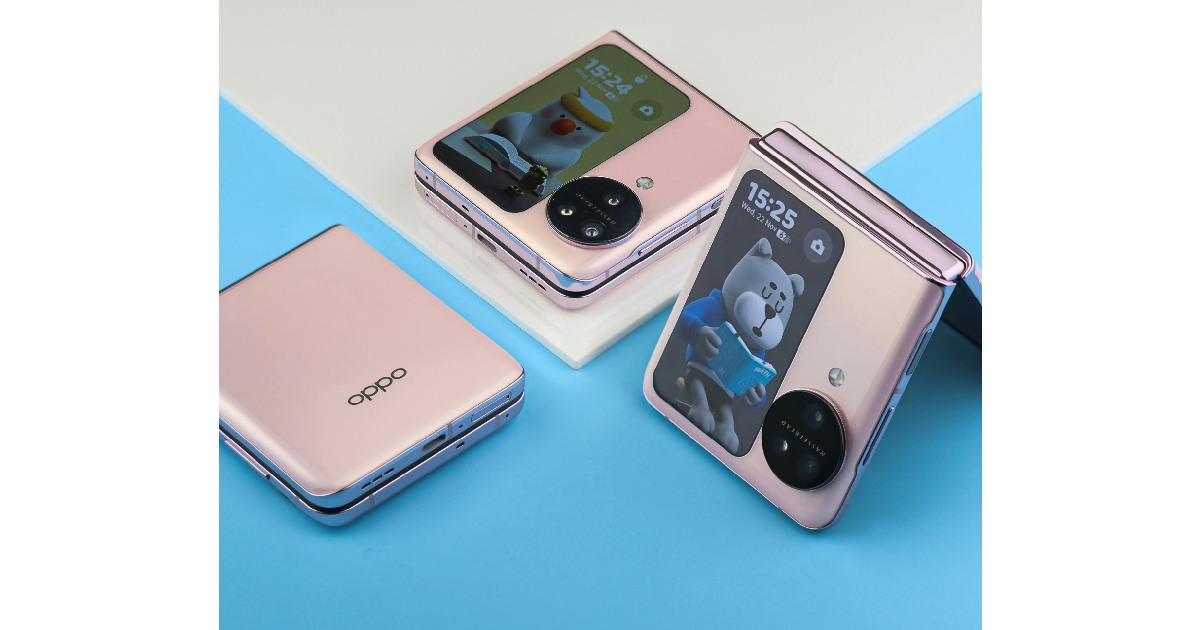
- Sales: 35 million units quarterly
- Market Share: 9%
- Key Features: Fast charging, sleek designs, strong presence in Asia and Europe
OPPO has become a well-known brand globally, thanks to its innovative features such as SuperVOOC fast charging and bezel-less designs. The company’s focus on premium aesthetics and user experience has helped it secure a significant market share in global smartphone shipments. With a strong presence in Asian and European markets, OPPO has positioned itself as one of the leading smartphone brands.
The enterprise additionally developed units with high-end features that qualify as flagship phones. Attracting luxury-seeking clients with a lower average selling price than superior products. Through diversification and invention, OPPO has grown into one of the globe’s largest smartphone manufacturers.
5. Xiaomi
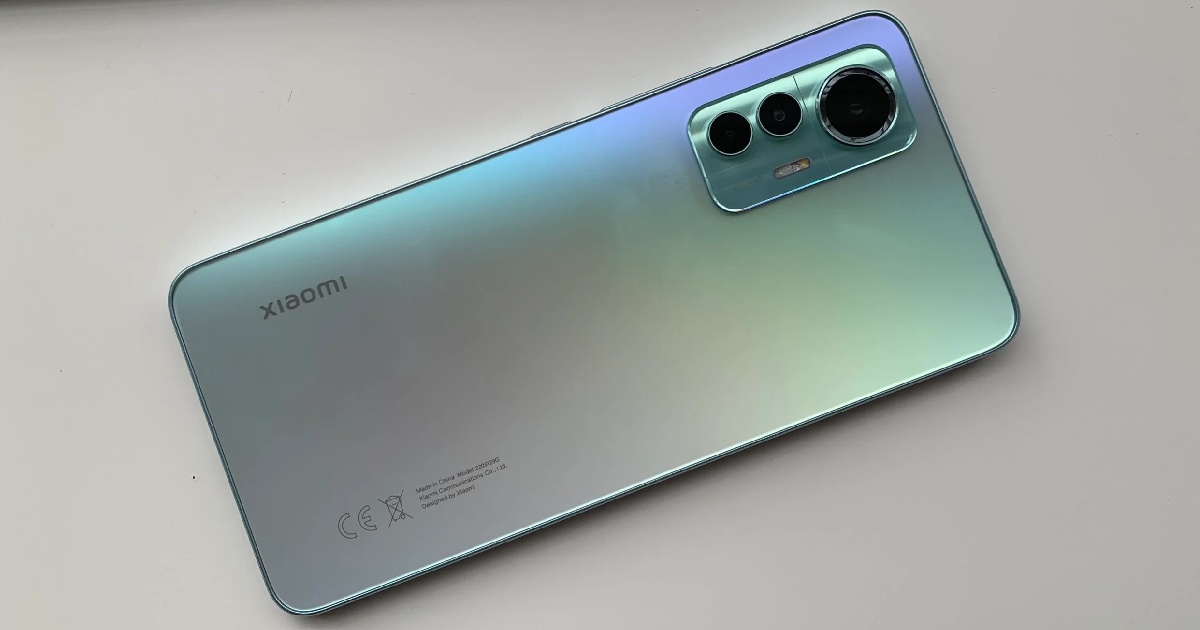
- Sales: 45 million units quarterly
- Market Share: 12%
- Key Features: Budget smartphones, MIUI interface, strong online sales
One popular manufacturer that dominates the global smartphone market is Xiaomi. The company supplies cost-effective flagship devices at affordable prices. Directly marketing consumers via the Internet has helped the company manufacture and market smartphones.
Gadget lovers appreciate Xiaomi’s MIUI interface and outstanding durability features. Beyond smartphones, the company’s progress into IoT and smart home products strengthened its brand. Xiaomi maintains an excellent smartphone producer with significant operations in India and China.
4. Lenovo
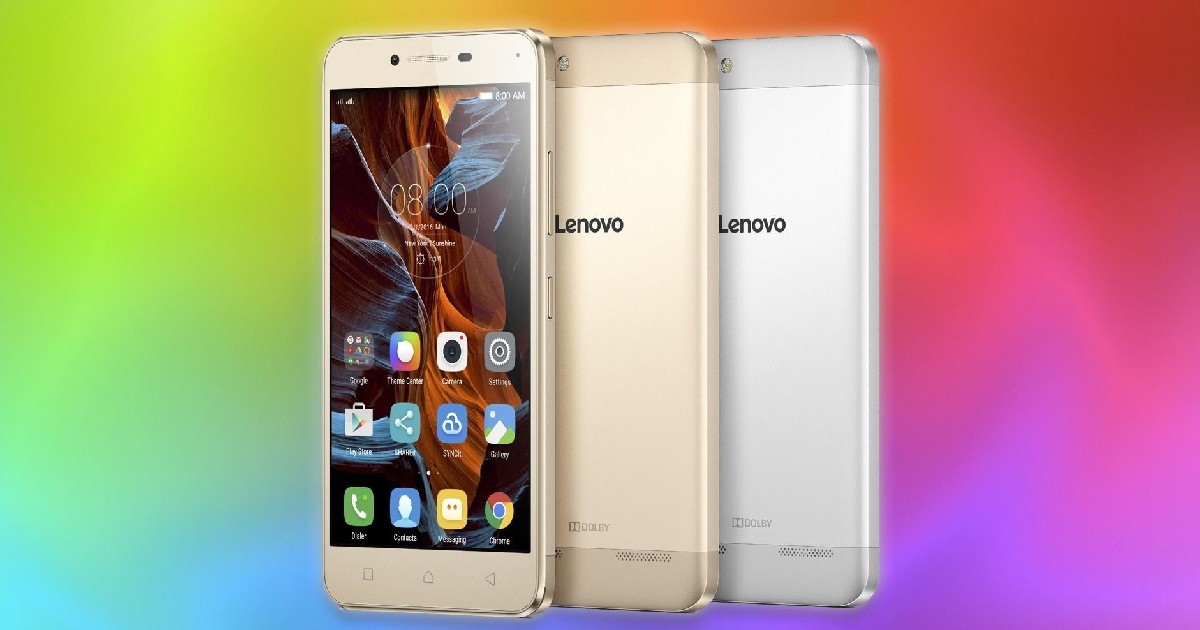
- Sales: 55 million units annually
- Market Share: 4%
- Key Features: Durable designs, focus on business users, Motorola acquisition
Lenovo, primarily known for its PCs, has carved out a solid presence in the smartphone industry, particularly after its acquisition of Motorola. The brand targets business professionals and tech enthusiasts with high durability and robust battery life. Its consistent performance in markets like the Middle East, South America, and Asia has contributed to its global smartphone success.
Utilizing Motorola’s abilities, Lenovo was able to develop a wide range of devices at a range of budgets. It concentrates on workplace-friendly elements and long-lasting performance. Thus, it evolved into an increasingly prevalent option among smartphone brands worldwide.
3. Huawei

- Sales: 60 million units annually
- Market Share: 10%
- Key Features: Advanced AI capabilities, 5G technology, focus on photography.
Huawei was once the second-largest smartphone manufacturer globally, known for its cutting-edge technology and strong emphasis on AI and photography. The brand’s P and Mate series were especially popular for their high-performance cameras and 5G capabilities. Despite challenges from the U.S. trade ban, Huawei managed to maintain a significant presence in the global smartphone market.
Huawei continues to develop novel concepts, regardless of the number of devices it has distributed in recent years. It pays particular attention to the Chinese marketplace and other places where this firm has full access. Huawei is one of the biggest smartphone manufacturers in the world due to its strong research and development ( R&D ) department and rapid technological advancements.
2. Samsung

- Sales: 75 million units quarterly
- Market Share: 20%
- Key Features: Diverse models, AMOLED displays, global reach
One of the largest manufacturers of smartphones globally is Samsung. They are infamous for the Galaxy S and Note designs, which are their most popular devices. The corporation has played a major role in the global smartphone market because of its broad selection of models, including advanced and inexpensive alternatives.
Samsung has become an established company because of its AMOLED screens, inventive foldable phones, and frequent software transformations. Strong customer loyalty and global reach have allowed Samsung to stay at the top of the smartphone market. The company maintains a top position in both sales and creativity by investing funds in research and development (R&D) and marketing activities.
1. Apple

- Sales: 50 million units quarterly
- Market Share: 25%
- Key Features: iOS ecosystem, premium pricing, strong brand loyalty
Apple has dominated the smartphone market due to its famous iPhone series. Premium costs, an unrivaled ecology, and consistent design and product innovation keep the company profitable. Apple dominates the smartphone market by focusing on protection, customer service, and customer loyalty.
Apple maintained strong revenue across its models despite its comparatively high average selling prices. From the budget-friendly iPhone SE to the expensive iPhone Pro Max. Their strong performances and loyal customer base make them among the most valuable smartphone brands globally.
Conclusion
The largest smartphone manufacturers in the world continue to drive innovation and competition in the global smartphone market. Each brand offers unique features that cater to different consumer needs, from Apple’s iPhone to Samsung’s Galaxy series and Huawei’s AI-powered models. With changing market share, evolving technologies, and increasing competition from Chinese companies like Xiaomi, OPPO, and VIVO, the smartphone industry remains dynamic and fast-paced. Whether it’s achieving consecutive quarters of strong sales or breaking into new markets, these top brands consistently define the future of mobile technology.
Frequently Asked Questions (FAQs)
Who is the largest manufacturer of smartphones in the world?
Based on the global smartphone market share, Apple is currently the largest manufacturer, leading with a 25% market share. Its iPhone series consistently tops global sales, driven by strong brand loyalty and premium product offerings.
Who is the biggest smartphone seller in the world?
Apple remains the biggest smartphone seller based on consecutive quarter sales, with a 25% market share in 2024. Its consistent iPhone sales and loyal customer base drive its dominance across regions.
What is the richest phone company in the world 2024?
Apple is the richest phone company in the world, with the highest revenue and market valuation among smartphone brands. This is driven by strong iPhone sales and premium pricing.
Who dominates the smartphone industry?
Apple and Samsung dominate the smartphone industry. Apple leads based on percentage points in market share, followed closely by Samsung. Their innovation, brand loyalty, and global reach keep them at the top.
What phones do billionaires use?
Billionaires often use iPhones, particularly the latest models like the iPhone Pro Max. Its security features, design, and exclusive ecosystem make it a popular choice among the wealthy.

